Apixaban (Eliquis) is an anticoagulant used for stroke prophylaxis in atrial fibrillation, and treatment and prophylaxis of DVT/PE. Its use has grown exponentially since it was first FDA-approved. When it comes to patient medications, apixaban is not exempt from potential drug-drug interactions. We will outline the most clinically significant apixaban drug interactions.
CYP3A4 and P-Glycoprotein Drug Interactions
In terms of metabolism, apixaban is a substrate of p-glycoprotein and CYP3A4 enzymes. Therefore, other medications that induce or inhibit either enzyme will likely have an effect on apixaban. Below is a non-exhaustive list of medications that interact with apixaban. It primarily includes medications that are strong dual inducers or inhibitors of p-glycoprotein and CYP3A4 enzymes.
| Strong dual inducers of CYP3A4 and p-glycoprotein | Antiepileptics Phenytoin, carbamazepine, phenobarbital Anti-infectives Rifampin Herbal St. John’s wort | May result in decreased apixaban exposure and increased risk of thromboembolic events. |
| Strong dual inhibitors of CYP3A4 and p-glycoprotein | Anti-infectives Erythromycin, clarithromycin, itraconazole, ketoconazole, posaconazole Cardiovascular Verapamil, diltiazem, amiodarone HIV medications Ritonavir, cobicistat Immunosuppressants Cyclosporine | May result in increased apixaban exposure and increased risk of bleeding. |
In the event that apixaban is prescribed alongside any of the listed medications in the table above, it is recommended to thoroughly inform the patient on how to monitor for adverse events and ideally avoid them.
Strong dual inducers – In the case of apixaban being used with strong dual inducers, have the patient monitor for signs and symptoms of a potential clot. This includes throbbing or cramping in one leg (rarely is it both legs), usually the calf or thigh, swelling, warm to the touch, redness, or pain. These are signs and symptoms of a DVT and can also occur in the arm. Signs and symptoms of a PE can include shortness of breath, cough, and chest pain.
Strong dual inhibitors – The patient should monitor for signs of bleeding including skin bruising, bloody gums when brushing teeth (“pink in the sink”), bloody or tarry stools, and coffee ground-like emesis. Apixaban dosing should be reduced by 50% when coadministered with strong dual inhibitors in patients taking more than apixaban 2.5 mg BID. In general, it is best to avoid strong dual inhibitors in patients taking apixaban 2.5 mg BID. It should be noted that Canadian labeling lists this as a contraindication to the use of apixaban; “concomitant systemic treatment with agents that are strong inhibitors of both CYP3A4 and P-glycoprotein (P-gp)”.
Whether you have a strong dual inducer or inhibitor of CYP3A4 and P-glycoprotein, one should ideally do what we can to find alternatives when apixaban is being utilized.
Other Notable Apixaban Drug Interactions
I wouldn’t be doing my job if I didn’t mention the risk of NSAIDs when used in combination with apixaban. Aspirin, ibuprofen, naproxen, and other NSAIDs will significantly increase the risk of bleeding with GI bleeding being of highest concern.
In addition to NSAIDs (aspirin included), we need to also assess other medications that may increase the risk of bleeding. Most commonly, the P2Y12 inhibitors like clopidogrel, prasugrel, and others used for MI and other indications can significantly raise the risk of bleeding. Here’s a free PDF on the comparison of these agents.
Have you seen any of these apixaban drug interactions in practice?
This article was written by Sarah Zahirudin, PharmD Candidate in collaboration with Eric Christianson, PharmD, BCPS, BCGP
- 30 medication mistakes PDF
- 18+ Page Drug Interaction PDF
- 10 Commandments of Polypharmacy Webinar based on my experiences in clinical practice
Popular Amazon Books
References:
- Fernandez S, Lenoir C, Samer C, and Rollason V. Drug interactions with apixaban: A systematic review of the literature and an analysis of VigiBase, the World Health Organization database of spontaneous safety reports. Pharmacol Res Perspect. 2020;8(5):647. Available from https://www.ncbi.nlm.nih.gov/pmc/articles/PMC7507549/.

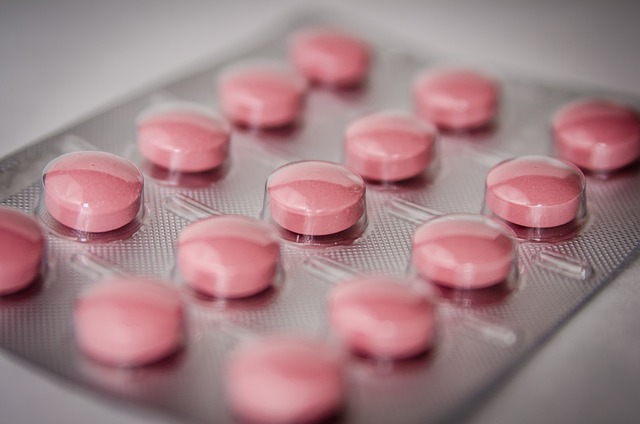
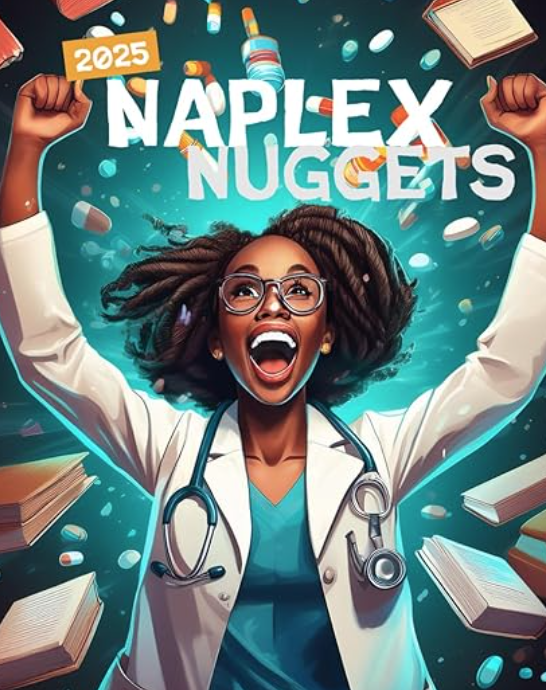
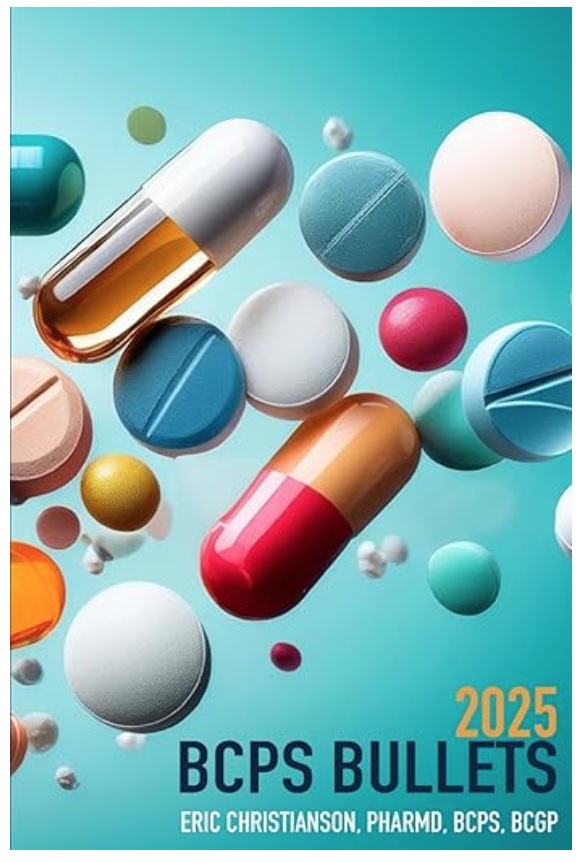
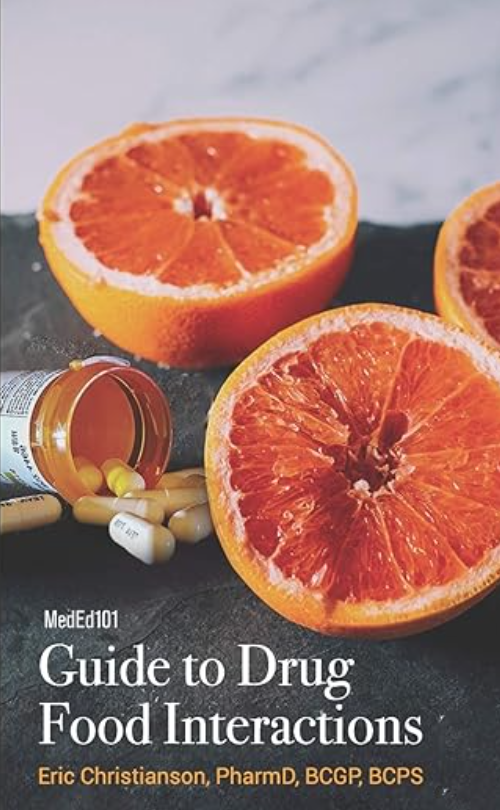
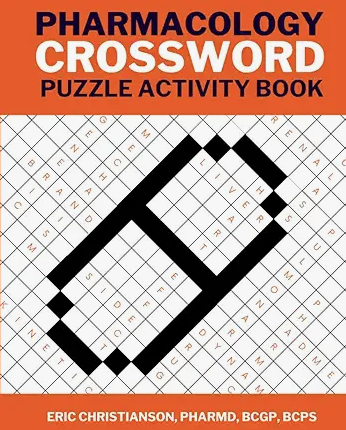
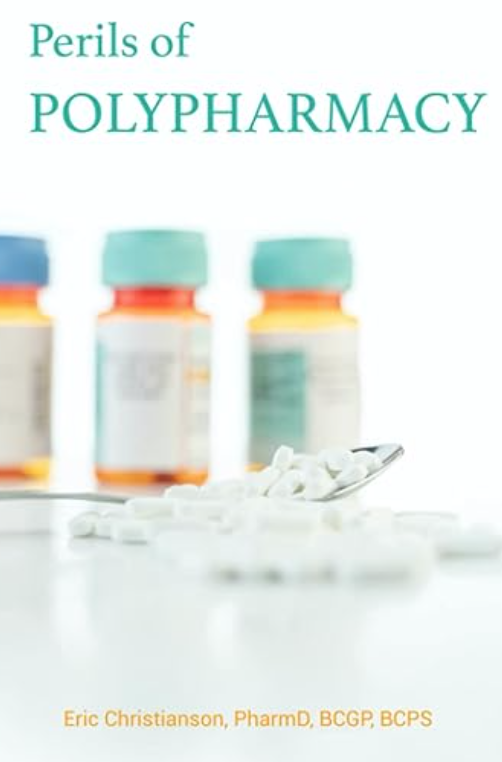
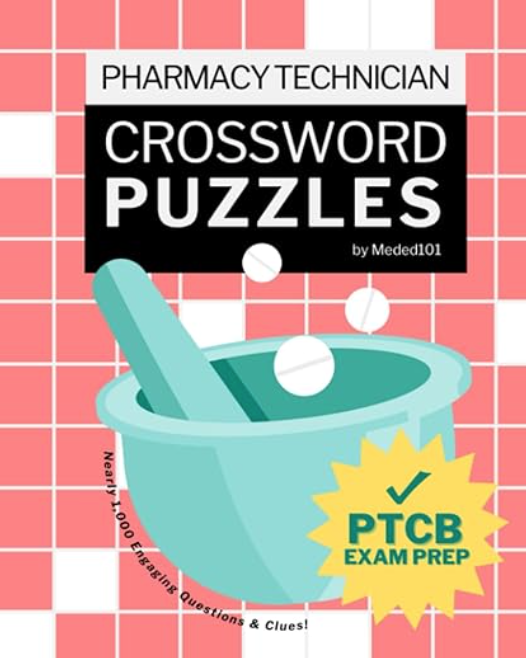

0 Comments